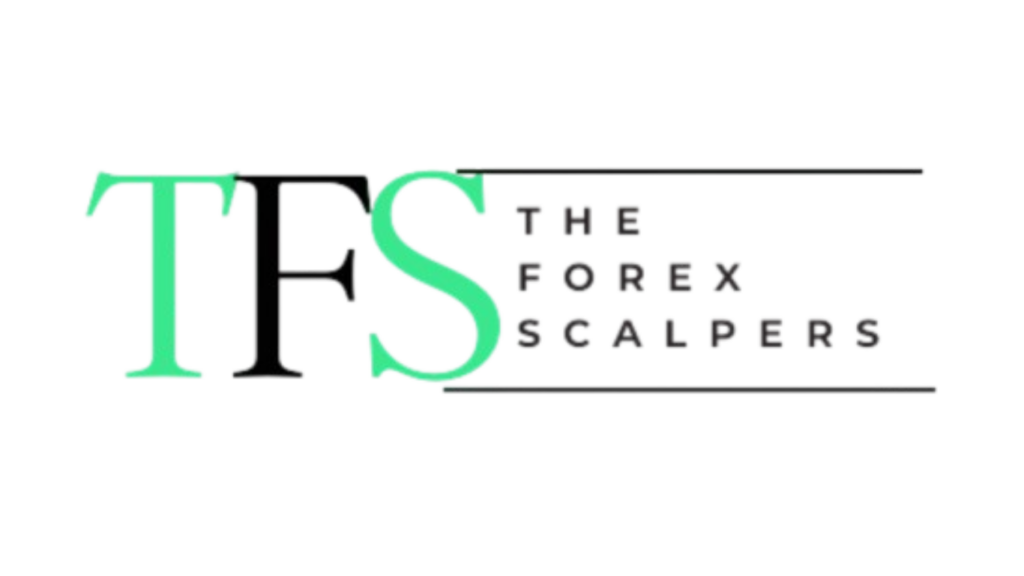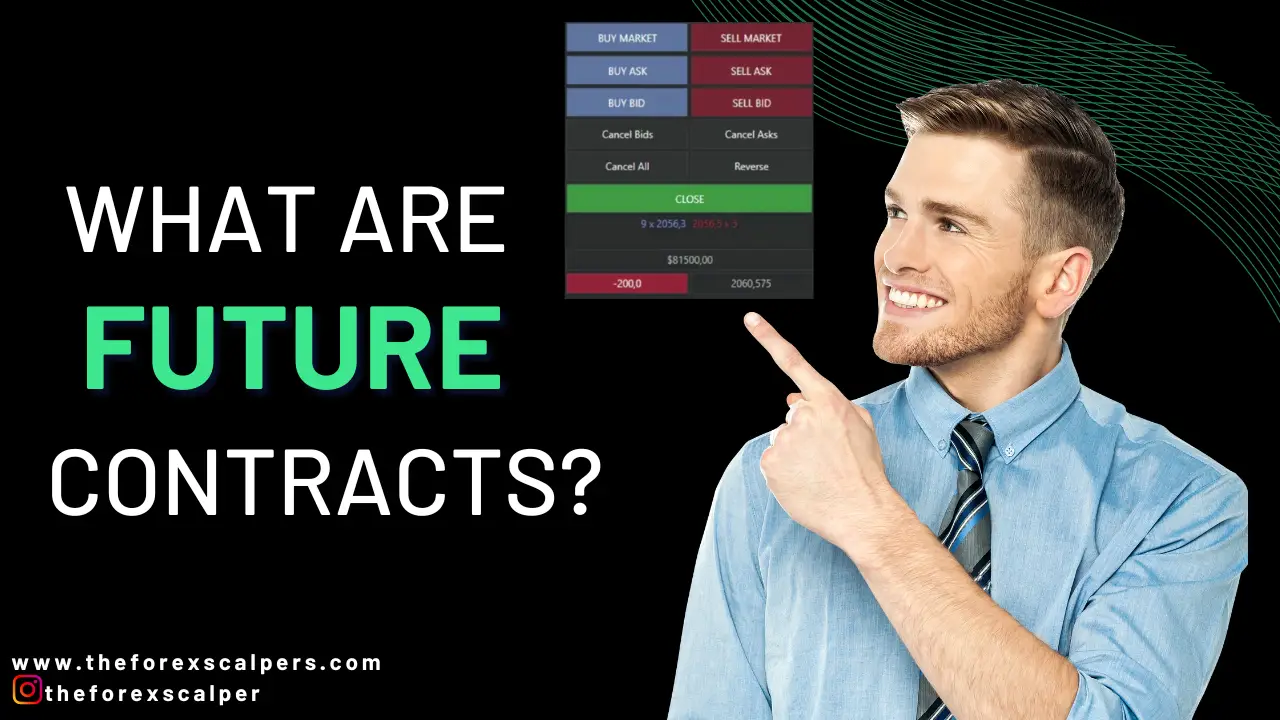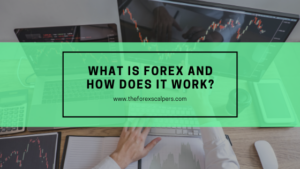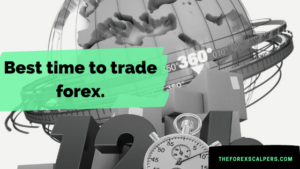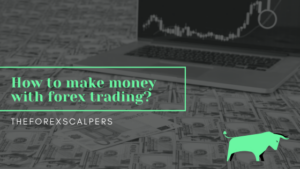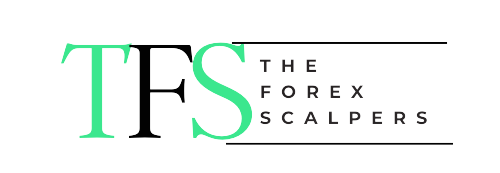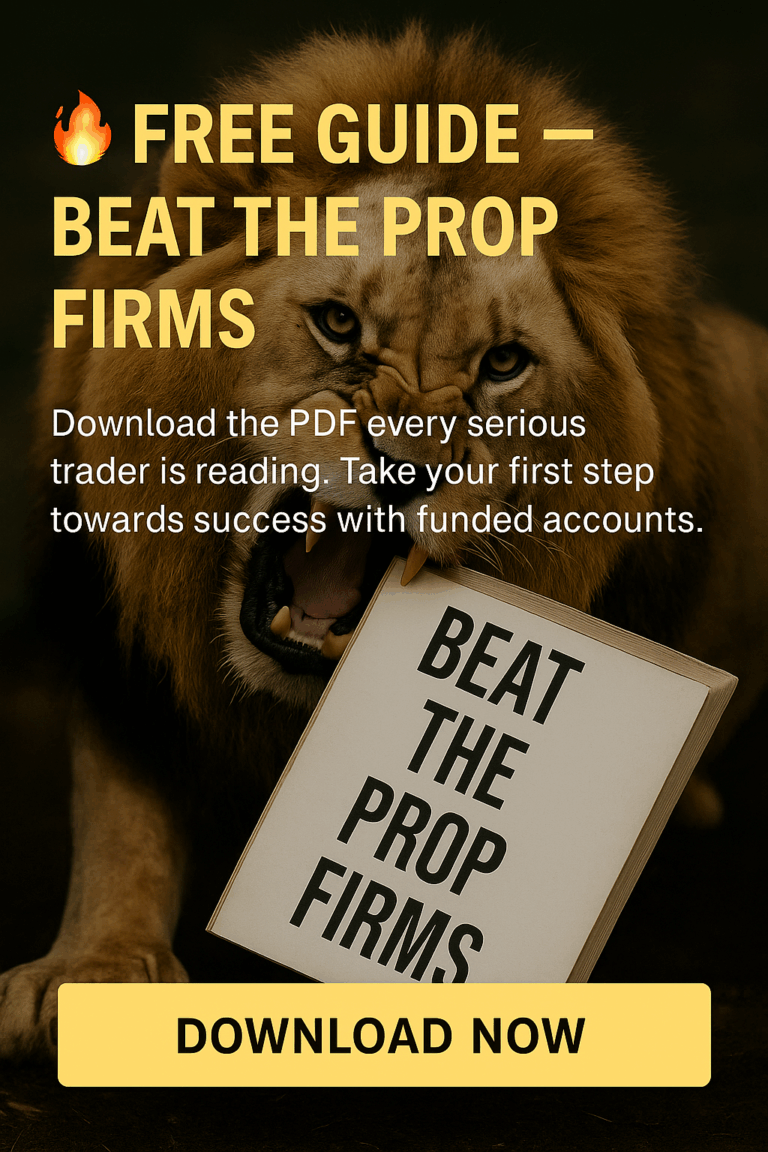Introduction
Futures contracts are a cornerstone of the financial markets, allowing traders, investors, and companies to hedge against price volatility, speculate on future price movements, and secure physical delivery of commodities. So what exactly are futures contracts, and how is their value calculated? This blog post aims to shed light on these questions, offering a clear and concise explanation of futures contracts and the mechanics behind their pricing.
What Are Contracts?
A futures contract is a legal agreement to buy or sell a particular commodity or financial instrument at a predetermined price at a specified time in the future. So unlike spot trading, where assets are bought and sold for immediate delivery, futures contracts are standardized agreements traded on futures exchanges that specify the quantity of the underlying asset and are settled at a future date.
Key Characteristics of Futures Contracts
- Standardization: Futures contracts are standardized in terms of contract sizes, expiration dates, and settlement procedures, facilitating liquidity and market efficiency.
- Margin Requirements: Traders are required to post a margin, a fraction of the total contract value, offering leverage to participants but also introducing a higher risk level.
- Mark-to-Market: Futures contracts are “marked to market” daily, meaning the contracts’ value is adjusted to reflect market prices at the end of each trading day.
How Are Futures Contracts Calculated?
The calculation of a contract’s value involves understanding its price, which is influenced by various factors including the underlying asset’s current spot price, interest rates, time to expiration, and in the case of commodities, storage costs, and yield benefits.
The Pricing Formula
Especially while the exact formula for pricing futures contracts can vary depending on the type of underlying asset, a basic formula to understand is the cost-of-carry model, which is particularly relevant for financial futures. The cost-of-carry model is represented as:
Futures Price=Spot Price×(1+r−y)
where:
- Spot Price is the current market price of the underlying asset.
- r represents the risk-free interest rate.
- y is the yield from the underlying asset, such as dividends for stock futures or storage costs for commodities.
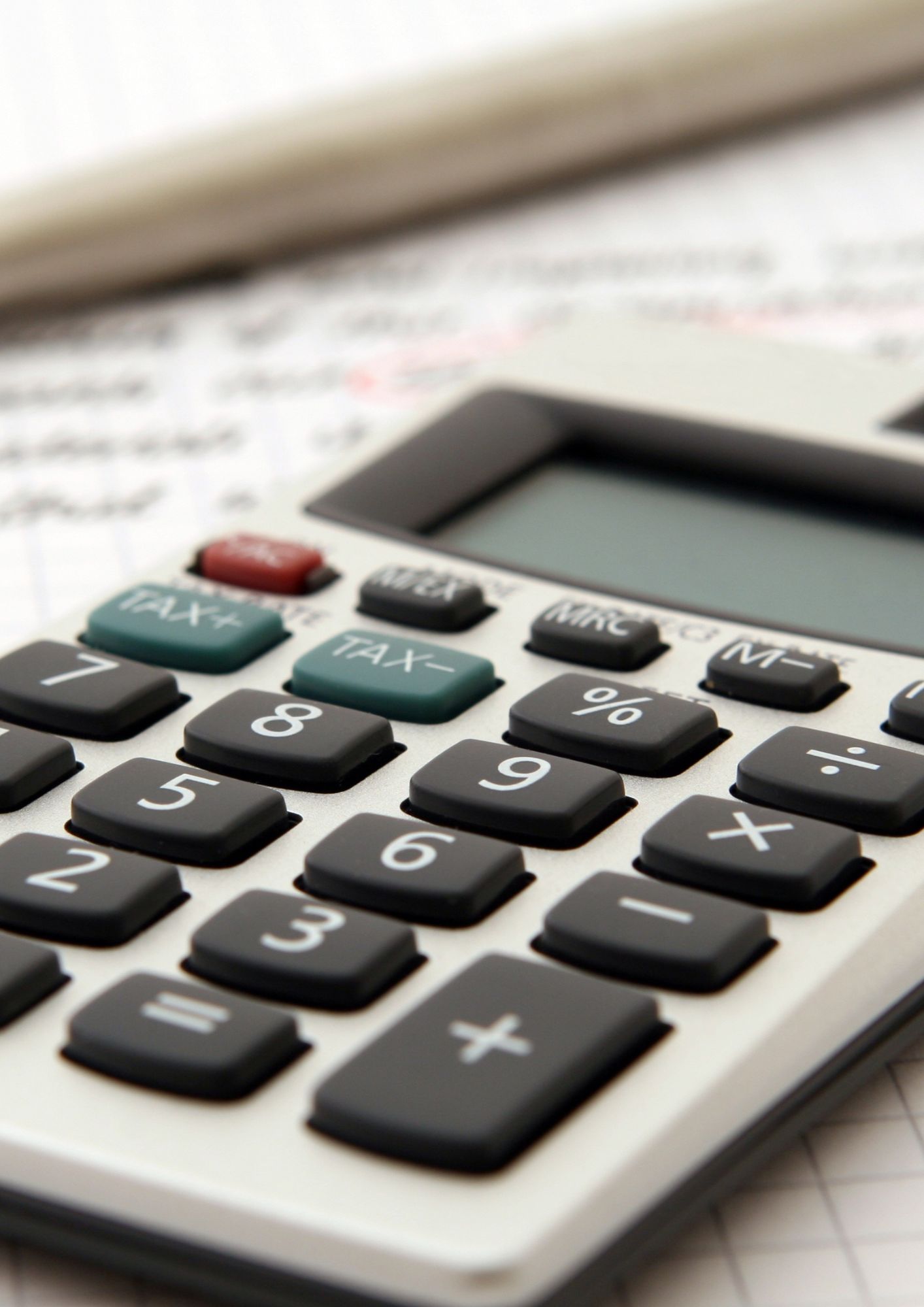
Example Calculation
Let’s consider a simple example with a stock contract:
Assume the current spot price of the stock is $100, the annual risk-free interest rate is 5%, and the stock pays an annual dividend yield of 2%. For a contract expiring in one year, the calculation would be as follows:
Futures\ Price = 100 \times (1 + 0.05 – 0.02) = 100 \times 1.03 = $103
This simplified example illustrates how the futures price accounts for the cost of carrying the position, considering the time value of money and the underlying asset’s yield.
Conclusion
Futures contracts are a vital tool for managing financial risk, speculating on future price movements, and locking in prices for commodities and other assets. Understanding how futures are calculated is essential for anyone looking to participate in these markets. Whether for hedging or speculative purposes. Remember, while futures can offer significant opportunities, they also come with a high level of risk due to their leverage and market volatility.
FAQ What Are Futures Contracts?
Q: Can anyone trade futures contracts?
A: Yes, but it requires opening an account with a brokerage that offers futures trading. Traders should also have a solid understanding of the markets and the specific risks associated with futures trading.
Q: How does leverage in futures contracts work?
A: Leverage allows traders to control a large contract value with a relatively small amount of capital (the margin). While this can amplify profits, it also increases the potential for substantial losses.
Q: Are futures contracts only for commodities?
A: No, they cover a wide range of assets, including commodities, currencies, interest rates, and stock indices, among others.
Join us
Joining our community opens the door to a network of enthusiastic traders, all focused on mutual success. Our exclusive members-only Slack channel is your arena for exchanging ideas, dissecting market trends, and fostering collaborations. That can turn trading visions into reality.
Because we don’t stop there. For those ready to take a significant step forward, we invite you to explore the opportunity with our proprietary trading firm. TFS Funding. This platform is designed for traders who are eager to leverage their skills on a larger scale. O ffering the capital and support needed to flourish in the markets.
Don’t let another moment pass in hesitation. Embark on your journey to trading excellence today by enrolling in our courses, engaging with our community, and seizing the opportunity with TFS Funding. It’s time to transform your trading dreams into your reality.
Join TFS Funding Here – Unlock the door to advanced trading opportunities and elevate your skills to the professional level with TFS Funding.
Join our courses and community today and take your skills to the next level!
Elevate Your Trading with ATAS.
So for those dedicated to mastering the art of futures trading, ATAS is more than a platform. It’s a partner in your journey towards trading excellence. Its blend of sophisticated analysis tools, customizable features, and supportive community. This makes ATAS the recommended choice for traders aiming to leverage the full potential of the futures market.
Are you looking for a Trusted Regulated Broker?
TheForexScalper recommends you join ICMARKET which is regulated and the most trusted broker. They provide very tight raw spread account with fast execution and having multiples deposit and withdrawal options.
